After a concussion, you can experience a wide range of symptoms. Some appear immediately after the concussion, while others may not develop until you try to do daily activities. It’s not always straightforward to understand when and where you need to see a doctor.
Not all head injuries need medical care, but some do, and it’s important to be able to make that distinction. In this article, we’ll explain where to get the post-concussion care you need, along with detailed instructions on how long to rest after a concussion and how to speed up your recovery with therapy.
This guide also includes instructions on medication use, how to return to work or school, how to resume sports, and where to turn if your symptoms still aren’t going away.
If you live in Provo or anywhere else in the Salt Lake County or the Utah County area, we can help you recover from your concussion and reduce your chance of long-term symptoms. We are in network for most types of medical insurance. Schedule your evaluation today.
Where Can I Get Post-concussion Medical Care?
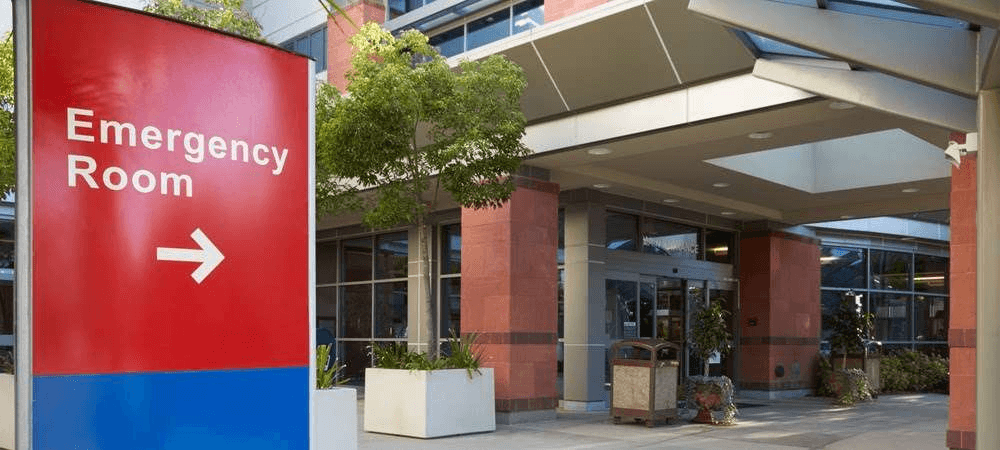
Elsewhere, we’ve written a full guide comparing the pros and cons of going to an emergency room, an urgent care center, or a concussion clinic immediately after sustaining a concussion. Here’s a quick summary of where to go based on your symptoms.
Not every head injury needs emergency care, but brain trauma can be extremely serious. If left unchecked, such injuries may result in serious long-term complications or even death. If you’re experiencing any of the following symptoms (or if you suffered the injury at high speed through a car accident, for example), we recommend that you go to your nearest emergency room immediately:
- Loss of consciousness
- Confusion/disorientation after the injury
- Vomiting or nausea
- Balance issues or stumbling
- Memory loss (especially about the injury)
- Seizures
Symptoms may not appear immediately. Go to the ER if you experience any of these during the first 24 hours after your concussion:
- Progressive or worsening symptoms
- Headache that won’t go away
- Seizures
- Vomiting multiple times
- Unusual behavior
- Mood swings or personality changes
- Trouble concentrating
- Slurred speech or problems reading or writing
- Feeling numb, dizzy, or weak
- Difficulty falling asleep or severe drowsiness
- Changes in your vision
- Discharge of clear fluid or blood from the nose or ears
ER doctors may need to use imaging tests, such as a CT scan or magnetic resonance imaging (MRI) scan, to detect if you have bleeding in the brain or a skull fracture. ERs have the resources needed to treat a severe traumatic brain injury (TBI) if you have one.
If you are not experiencing any of the symptoms described above but still want immediate concussion treatment, you can consider an urgent care center.
At the center, doctors will assess your condition and ask questions about the injury and your medical history. This is identical to the type of assessment you would get done in the ER. If you’re identified as having a serious head injury, you may be referred to the nearest ER for imaging and further treatment.
Perhaps the best place to get an assessment (barring urgent, severe head trauma) is a concussion clinic. You can often be seen for evaluation and treatment within one to two days of the head injury. Concussion clinics will often have at least one of the following medical specialists:
- Neurologist
- Sports medicine physician
- Neuropsychologist
- Physiatrist
- Physical therapist
- Other specialized therapists
Concussion clinics often have a more extensive evaluation process and can help patients transition quickly into a recovery regimen. ER and urgent care doctors often do not provide this information.
This decision-making flowchart can help you navigate your choice of where to receive care.
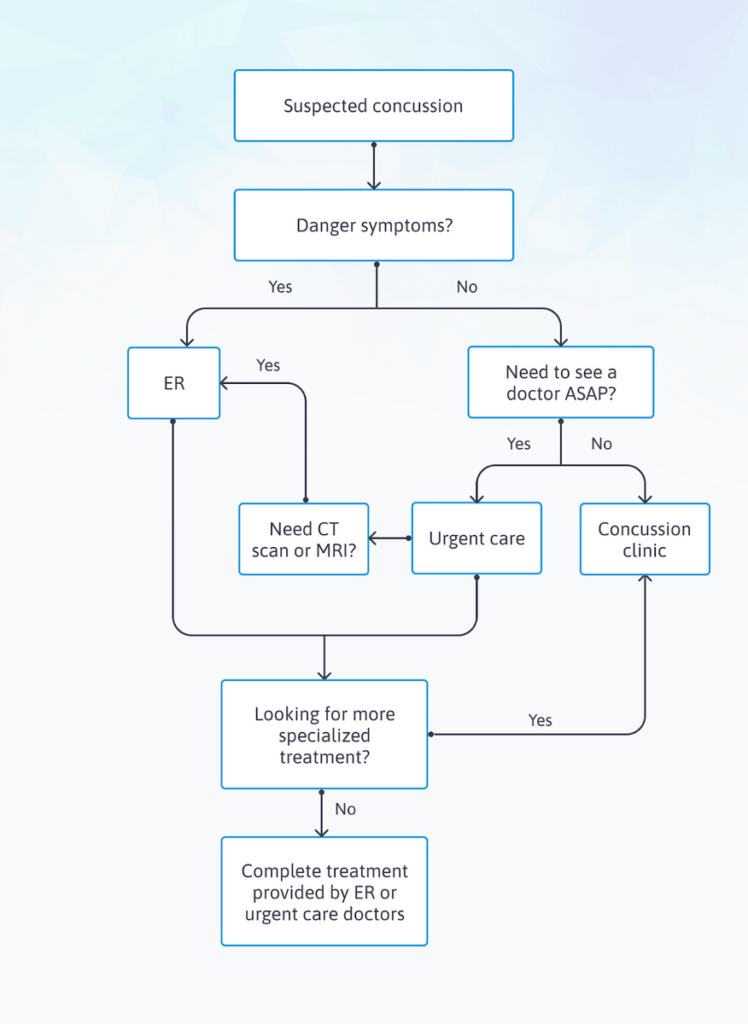
Further reading: Where to find a concussion doctor near you
What Does Concussion Care Involve?
Independently of where you go for post-concussion care, treatment for concussions follows roughly this concussion recovery protocol:
- Physical and cognitive rest for 48 hours
- Slow return to normal activities
- Therapy
- Caution with medication use
- Return to work or school
- Return to organized sports
Physical and Mental Rest for 48 Hours
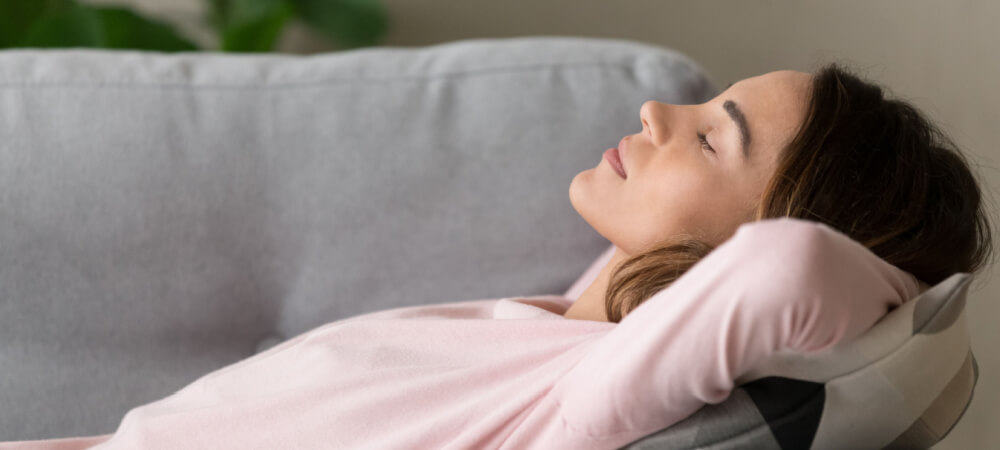
According to the American Academy of Neurology, for the first 48 hours after the injury, you should rest and avoid anything too straining on the brain, such as work or school, loud noises, and bright lights. During this initial period, the brain needs both physical and cognitive rest to deal with the injury.
Rest during this period should be seen as relative. Absolute rest, such as lying in a dark room for two days and avoiding all stimuli, does not help recovery and is not recommended. You can still engage in light activities, such as listening to quiet music or talking to a friend (if tolerated), but you should avoid most cognitive activities that require high mental concentration, such as playing video games or using a computer, as well as activities that require high physical exertion, such as playing organized sports or going for a run.
It’s important to follow this advice even if you are not experiencing any symptoms. Returning to normal activities without this period of rest can worsen symptoms and prolong recovery.
| DO | DON’T |
| Meditate Take a bath Have a massage Listen to quiet music Go on a short walk Sit in the garden Chat with a friend or family member (if tolerated) | Engage in strenuous physical exercise Perform heavy household chores Attend work/school Read a book Play on the computer/phone Play musical instruments Go to busy, loud places Drive |
Gradual Return to Normal Activities
After this rest period, you can gradually increase your daily activities if you can tolerate them without triggering too many symptoms. There is no real benefit to resting longer than 48 hours, and exercising and doing cognitive tasks soon after the injury can improve your chances of a full recovery.
Usually, for the first few days after the injury, this means light and easy activities, such as riding a stationary bike or light jogging. Then, you can increase the intensity as symptoms fade. Just make sure you don’t pick something that may put you at risk of a second concussion while you’re recovering.
When you add a new activity — whether cognitive or physical — pay attention to how your body reacts. As long as symptoms don’t get significantly worse, you can gradually increase the duration or intensity and add more activities. If you notice that your symptoms are worsening, use the rule of threes to decide how to proceed:
- If you notice that three symptoms are increasing — such as headache, dizziness, and nausea — it’s time to stop.
- If you notice that one of your symptoms is getting significantly worse — such as your headache going from a mild 1 to a severe 4 — you need a break.
If this happens, go back to the previous level of activity and try again in a day or two. It’s important to note that symptoms may not necessarily develop while you’re exercising. Sometimes, symptoms only appear a few hours after exercise or even the following day. Make sure you listen to your body and give your brain plenty of time to adjust.
Attend Therapy at Neural Effects
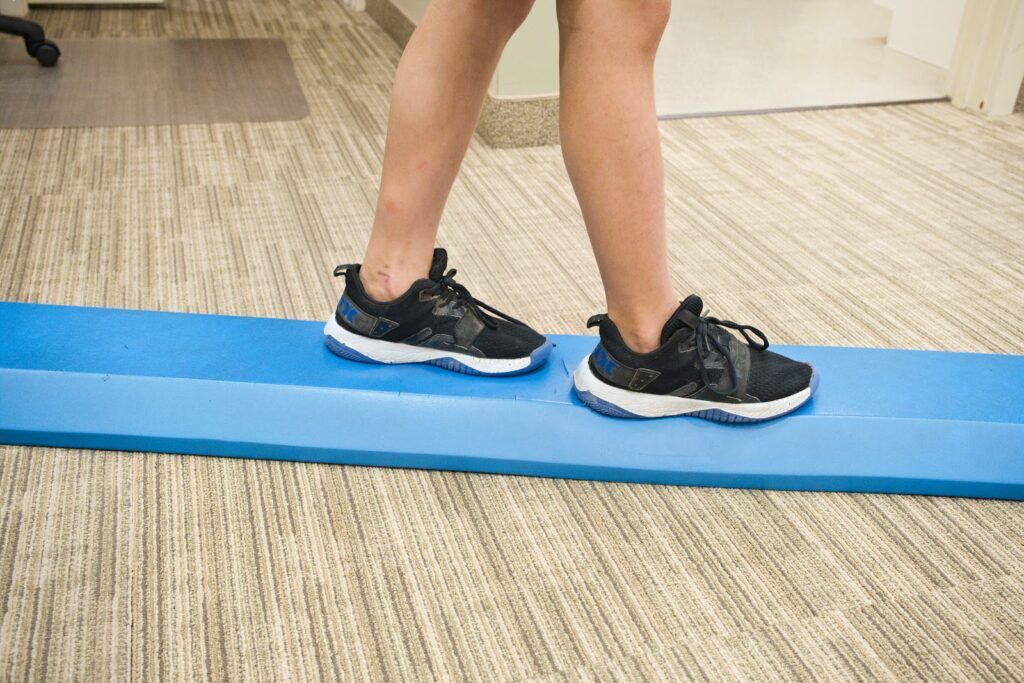
After the 48-hour rest period, you can also start therapy. Many of our patients start their treatment plan with us immediately after receiving their concussion diagnosis, but it’s possible to start weeks after the injury.
Before treatment starts, you must complete a detailed concussion evaluation. It includes a review of your symptoms and medical history, along with a series of physical exams, such as a vision assessment and a cranial nerve exam. After these exams, you can start your therapy sessions, which include a combination of…
- Supervised cardio exercises
- Breathing techniques
- Vestibular therapy and vision therapy
- Neuromuscular therapy
- Cognitive therapy
Sessions start with cardio exercise, typically on a treadmill or stationary bike. The aim is to raise your heart rate enough to improve blood flow within the brain but not so much as to trigger any symptoms. This technique is called exercising at the sub-symptom threshold because you gain the benefits of exercise without triggering exercise intolerance symptoms.
Our therapists are trained to guide you through intervals of exercise and controlled breathing to avoid symptoms. This step is key for recovery because it triggers the release of a chemical in the brain called brain-derived neurotrophic factor (BDNF), which can improve the brain’s ability to benefit from therapy.
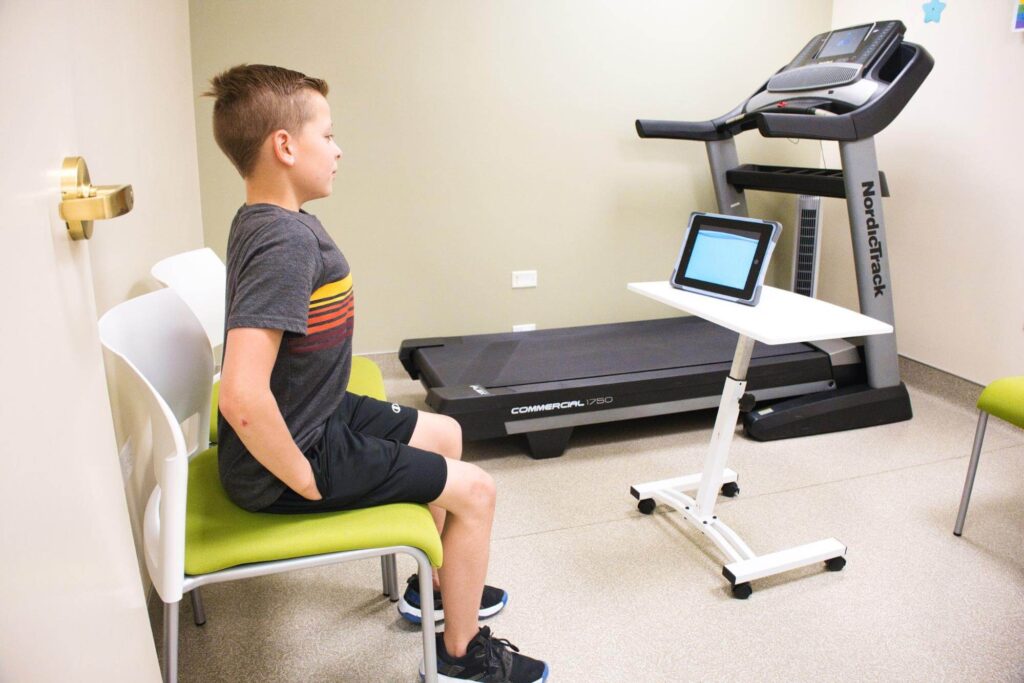
Common symptoms after a concussion include vision problems, such as blurry vision and light sensitivity, and balance problems, such as dizziness and vertigo. During treatment, our therapists address these issues with vision therapy and vestibular therapy, respectively. Patients engage in exercises to get the eyes and the vestibular system (located in the inner ear) working in harmony again.
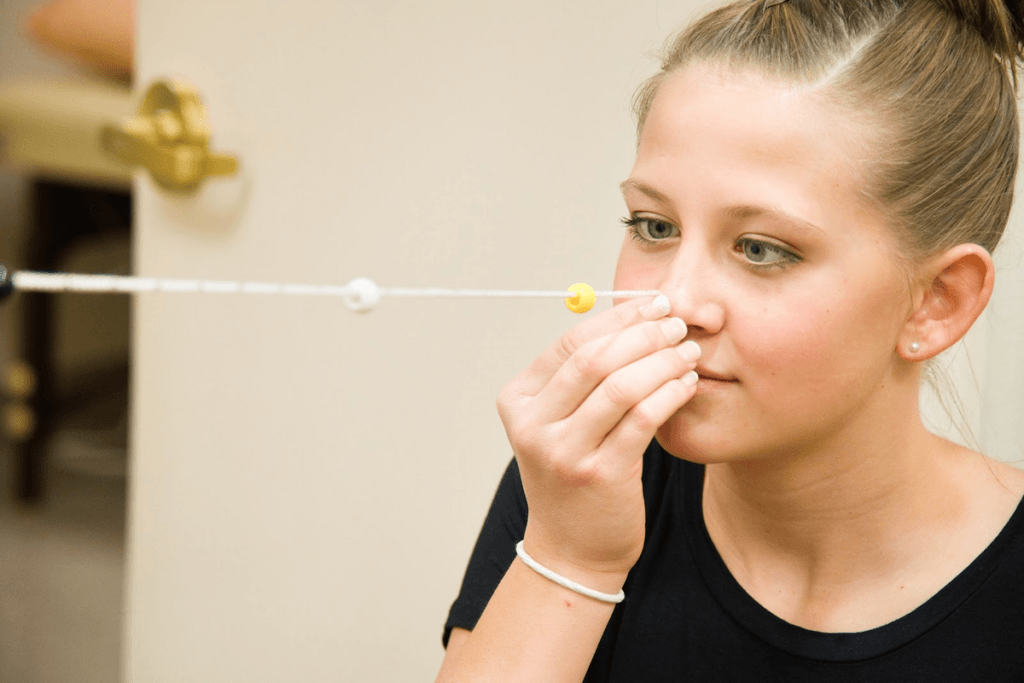
Patients also undergo cognitive therapy, where they need to complete memory exercises and logic puzzles to treat symptoms like memory issues, brain fog, and difficulty concentrating. Neuromuscular therapy involves neck massages to help patients cope with neck pain and muscle soreness. Our therapists may use physical therapy techniques as well.
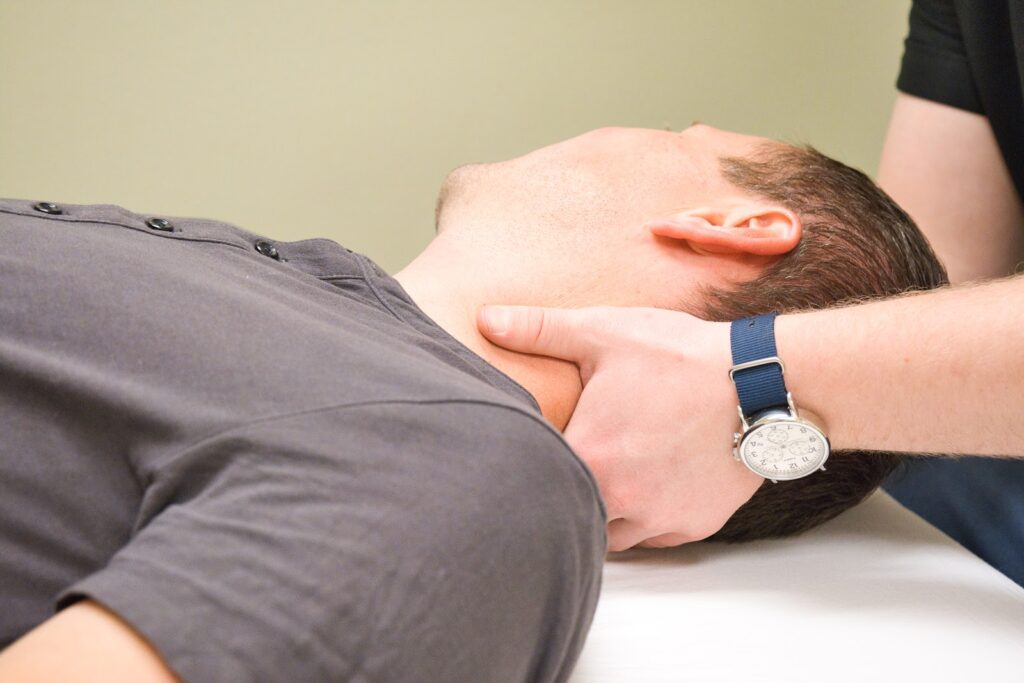
After each session, patients meet with a member of our team to review progress and receive a list of exercises to do at home. Typically, homework includes physical exercises, cognitive activities, and breathing and relaxation techniques. Completing these exercises at home significantly increases your chances of a speedy, full recovery.
Further reading: How to heal faster from a concussion
If you live in Provo or anywhere else in the Salt Lake County or the Utah County area, we can help you recover from your concussion and reduce your chance of long-term symptoms. We are in network for most types of medical insurance. Schedule your evaluation today.
Use Medications Sparingly in Acute Concussion Recovery

Currently, there are no medications specifically designed to treat concussions. Doctors may recommend or prescribe medications for certain symptoms of a concussion, such as dizziness, headaches, or nausea. These meds can be helpful in the short term, depending on the medication, patient, symptom, and other factors. A concussion can affect brain function, blood flow in the brain, and any organ regulated by the autonomic nervous system, so post-concussion patients need to be extra cautious with medication, especially when considering long-term use. Cognitive FX has an article explaining the nuances of medication use for persistent post-concussion symptoms.
Over-the-Counter Medication
The most common symptom treated with over-the-counter meds is headache. In the first two days following a concussion, if you need to take something for pain, the recommendation is to take acetaminophen (Tylenol) and avoid pain meds that thin the blood, such as aspirin, ibuprofen (Advil) or naproxen (Aleve). These latter medications mask symptoms and may increase the risk of bleeding in the brain after a concussion. This consideration is especially relevant for elderly patients, who may already be taking these drugs for other conditions.
Once health care providers have ruled out bleeding in the brain, any over-the-counter meds are suitable to treat headaches. However, non-steroidal anti-inflammatory drugs (NSAIDs), such as ibuprofen and naproxen, may be associated with increased risk of gastritis, gastrointestinal bleeding, and peptic ulcers. Overall, our recommendation is to avoid NSAIDs to treat post-traumatic headaches.
Prescription Medication
Doctors may prescribe drugs for headaches, sleep disturbances, anxiety, depression, and many other more severe symptoms. These should only be seen as short-term treatments, ideally used in combination with non-pharmacological treatments and lifestyle changes.
For post-traumatic headaches, for example, doctors may prescribe triptan drugs (such as sumatriptan and rizatriptan), tricyclic antidepressants (such as amitriptyline and desipramine), antiepileptic drugs (such as topiramate), or monoclonal antibodies (such as erenumab). For cognitive and emotional issues, some of the most commonly prescribed drugs include selective serotonin reuptake inhibitors (SSRIs), serotonin and norepinephrine reuptake inhibitors (SNRIs), tricyclic antidepressants, gabapentin and methylphenidate for short-term symptom improvement.
These prescription drugs are often associated with multiple side effects, and you should have an in-depth discussion with your health care provider before starting any treatments.
Dietary Supplements
In addition to medication, some dietary supplements may help during concussion care. The list includes omega-3 fatty acids, vitamin D, magnesium oxide, cysteine, citicoline, and cerebrolysin. However, many studies looking at the effects of these products only include a small number of participants, and further research is needed. It’s also important to understand that supplements can interact with medications you may already be taking. As such, it’s essential to ask your doctors before starting to take any products.
Perhaps the only product that consistently shows positive effects during concussion care is melatonin. This product can help you combat sleep issues by increasing sleep quality and duration. In addition, it may also help to reduce pain and anxiety and improve mood.
Plan Your Return to Work or School
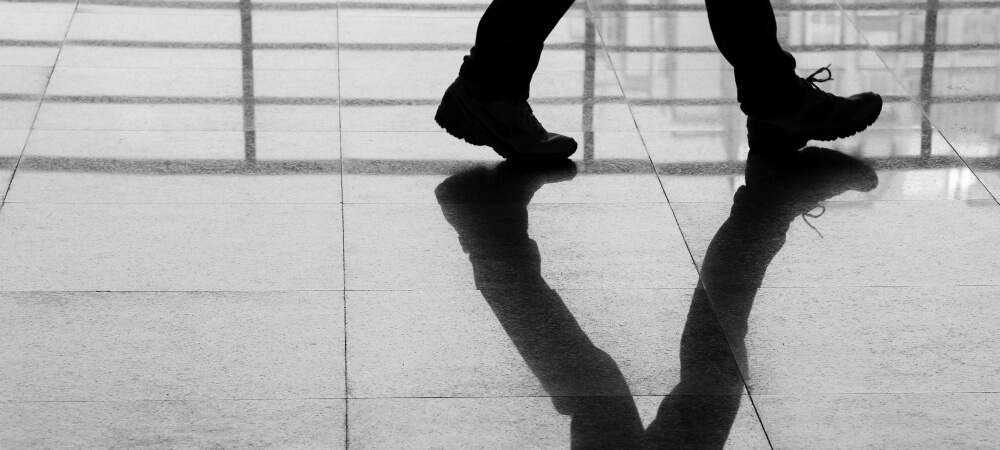
Patients often need to miss a few days of school or work until symptoms improve. It can be difficult to determine when it’s time to go back, but as a general rule, if you can manage your symptoms at home and can perform an hour of cognitive activities without triggering too many symptoms, then you can start thinking about returning to work or school. Ultimately, this is a decision that you need to make in conjunction with your doctor.
Return to School
When an adolescent returns to school, it’s important to work with their teachers to develop a suitable plan. This may include:
- Taking more time to do assignments or take a test
- Reducing the amount of schoolwork
- Shortening school days
- Taking extra breaks during the day
- Having another student take notes for them
- Using electronic devices to record lectures for review later
- Leaving the classroom early to avoid crowded and noisy hallways
Return to Work
Similarly, when you return to work, you may need to make some adjustments to your workplace. These could include:
- Returning to work gradually, starting with only a few days a week or shorter hours
- Taking plenty of breaks during the day
- Performing an easier role or reducing workload
- Prioritizing what is absolutely necessary first
- Asking for help when you need it
- Avoiding driving or performing other skills that require fast reaction times
Return to Sports
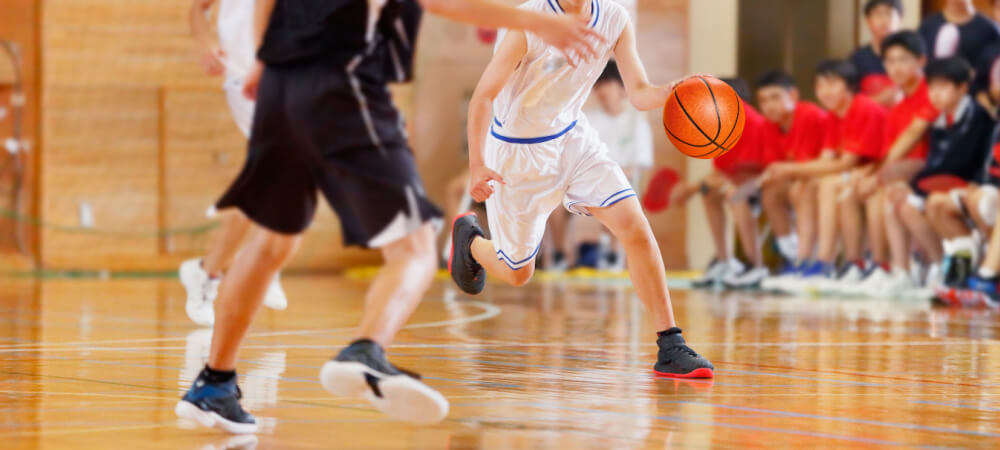
If you play organized sports, there is a defined protocol to follow before you can return to full training. The Centers for Disease Control and Prevention (CDC) HEADS UP program includes six steps to ensure that athletes are safe to return.
- Step 1: Back to Regular Activities
Athletes gradually return to their activities. At this stage, they can do very light activities, such as short walks or riding a few minutes on a stationary bike, as long as it doesn’t trigger symptoms.
- Step 2: Light Aerobic Activity
At this stage, patients can do light aerobic exercise.
- Step 3: Moderate Activity
Athletes can start moderate activities, including running, stationary biking, or weightlifting.
- Step 4: Heavy, Non-Contact Activity
At this stage, athletes can move on to non-contact physical activity, such as sprinting, high-intensity stationary biking, or any other non-contact drills specific to each sport.
- Step 5: Practice and Full Contact
Athletes can join the normal practice and participate fully in contact sports, if needed for the sport, under controlled conditions.
- Step 6: Competition
Athletes are ready for normal training and competition.
Athletes are allowed to move to the next step if they don’t experience any symptoms for 24 hours at the current level. If activity triggers symptoms, it’s a sign that the athlete is returning too soon. When this happens, they need to go back to the previous level and wait for 24 hours before trying again.
A healthcare professional with expertise in concussions and sports medicine (such as a certified athletic trainer, team physician, or neuropsychologist) needs to confirm that athletes can move to the next stage. If there are no experts available, athletes must follow a seven-day waiting period before starting these steps. This means that athletes must wait at least two weeks before returning to full-contact training.
Since 2015, all states have followed a Return to Play law, using this step-by-step process to ensure athletes receive the care they need after a sport-related concussion or other mild traumatic brain injury. Staff at Neural Effects can help you follow these steps during your recovery and supply any required follow-up paperwork to take to your team.
What If My Concussion Symptoms Don’t Go Away?
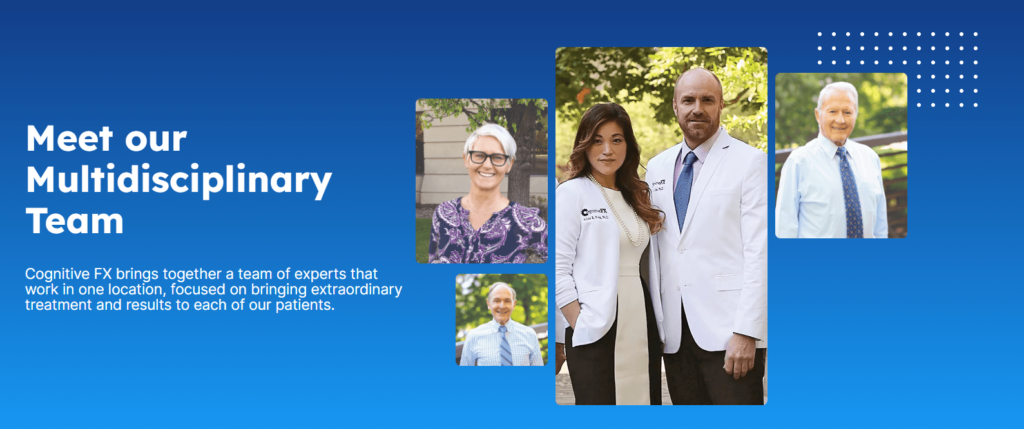
As we’ve mentioned earlier, most patients feel better within a couple of days or weeks after their head trauma. However, some experience persistent symptoms, such as dizziness, headache, brain fog, memory problems, depression, and sleep disturbances, for months or longer. This is a condition known as post-concussion syndrome (PCS).
If this is happening to you, seek specialized medical care at our sister company, Cognitive FX. They offer a state-of-the-art brain imaging scan that can identify exactly how and where the concussion affected your brain, followed by a highly customized concussion treatment program designed to address your specific needs.
If you live in Provo or anywhere else in the Salt Lake County or the Utah County area, we can help you recover from your concussion and reduce your chance of long-term symptoms. We are in network for most types of medical insurance. Schedule your evaluation today.
